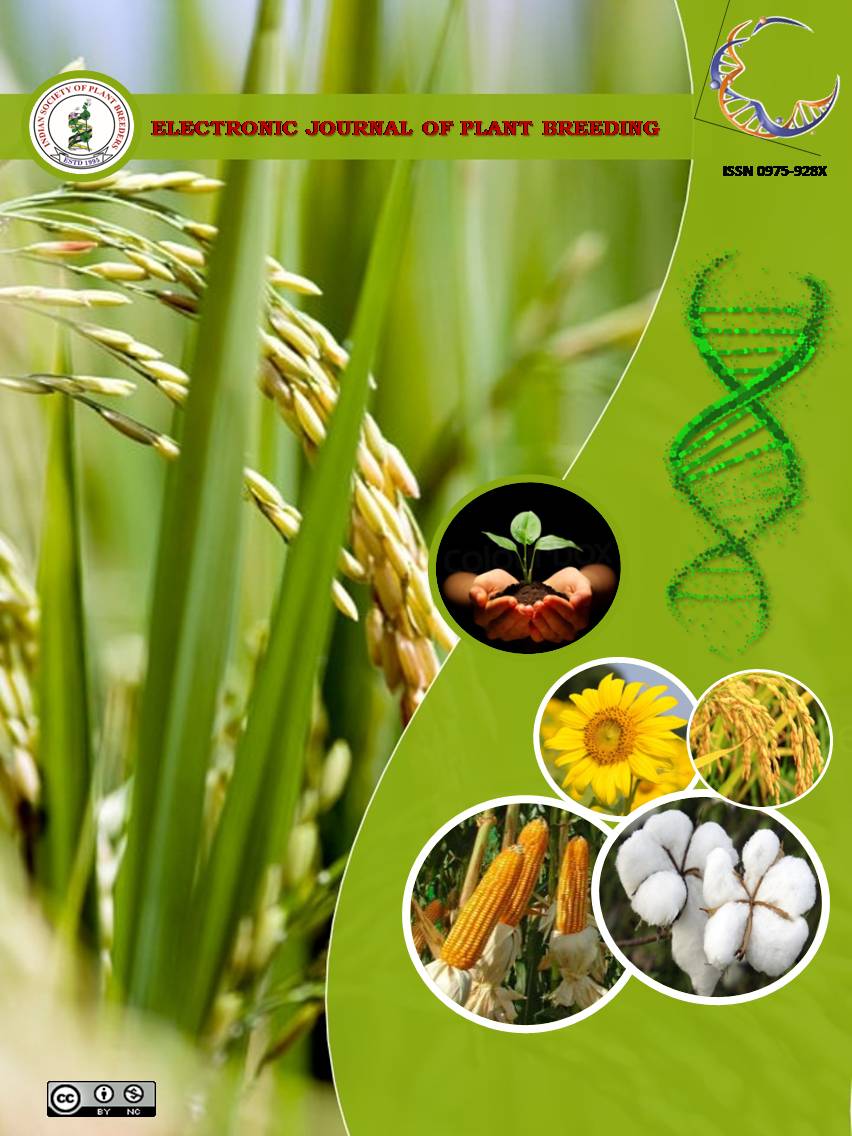ATL 1 – A high yielding, non lodging, drought tolerant and nutritionally superior tenai variety
Abstract
A high yielding drought tolerant fertilizer responsive non lodging tenai variety ATL 1 was developed at Centre for Excellence in Millets, TNAU, Athiyandhal. It is a derivative of a cross between PS 4 x Ise 198. Under rainfed condition, this culture has recorded an average grain yield of 2117 kg/ha and straw yield of 2785 kg/ha, which was 9.6 and 14.8 per cent increase in terms of grain and straw yield, respectively over the check variety, CO (Te) 7. It is a short duration culture and matures in 80-85 days. This culture is characterized by a strong and sturdy culm with long and compact panicles. The plant has 5-7 productive tillers and non-shattering grains. It is endowed with special attributes like easy threshability, synchronized maturity, non-lodging growth habit and is drought tolerant. The grains are bold and attractive brownish yellow in colour. The grains are nutritious with preferred grain qualities for cooking and value addition. It was also observed to possess tolerance to blast and rust diseases under field and control conditions. Considering the above features, the variety ATL 1 was released for cultivation in the districts of Dharmapuri, Tiruvannamalai, Vellore, Salem, Namakkal, Villupuram, Virudhunagar and Krishnagiri under rainfed system

